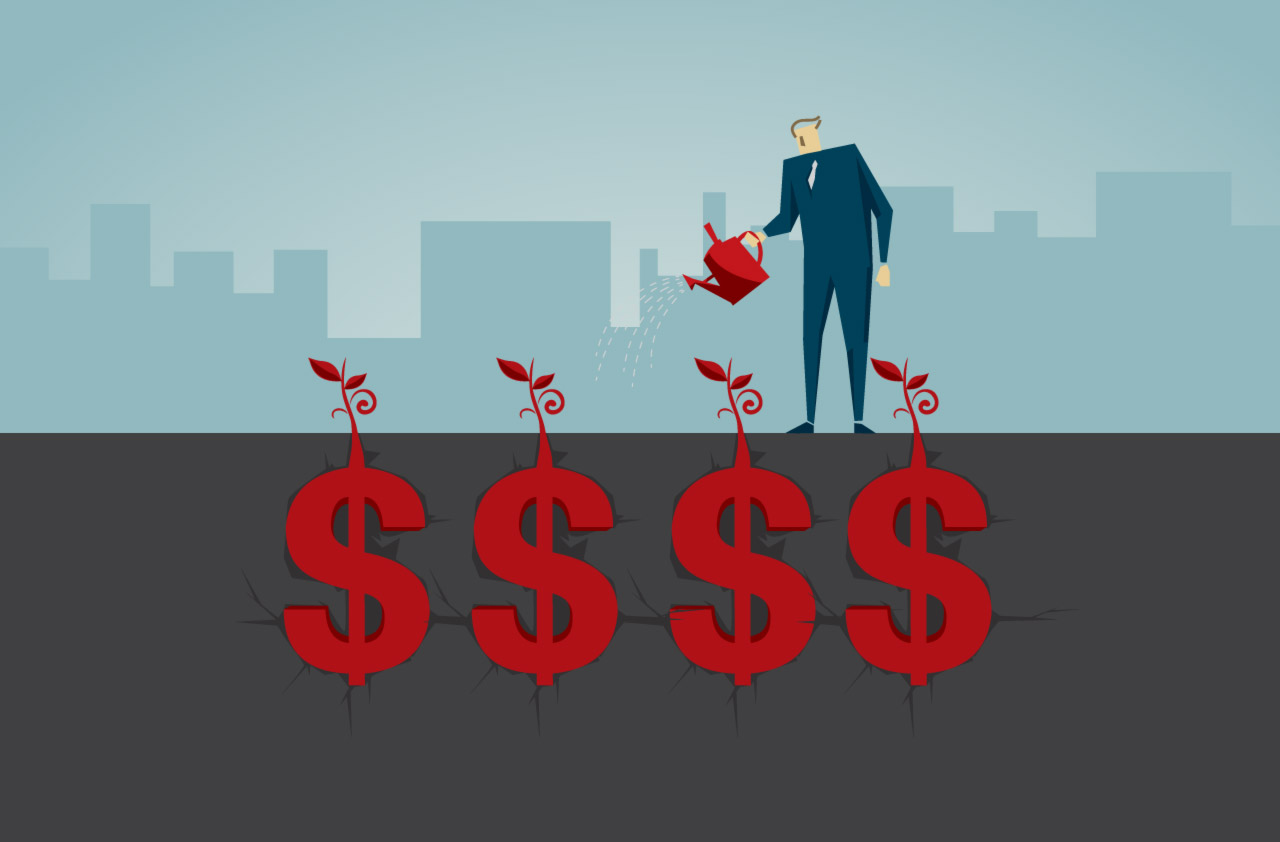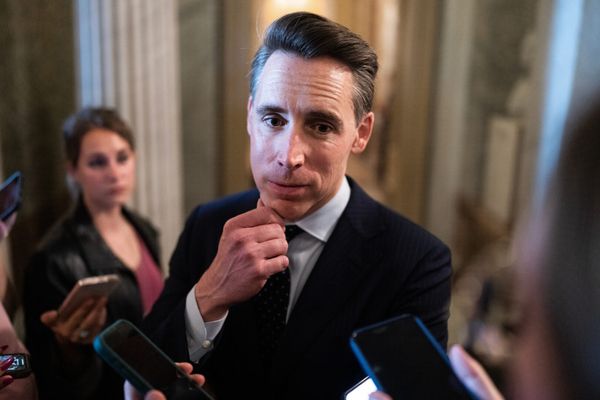
Kiplinger’s Economic Outlooks are written by the staff of our weekly Kiplinger Letter and are unavailable elsewhere. Click here for a free issue of The Kiplinger Letter or to subscribe for the latest trends and forecasts from our highly experienced Kiplinger Letter team.
First-quarter GDP growth is likely to come in low. Imports surged in January (which detracts from the GDP numbers) as businesses and retailers sought to rush in imported goods ahead of threatened tariffs. Normally, the GDP impact would be reversed as both production and inventories also rise, but a possible trade war between the United States and the rest of the world over Washington’s new tariffs could extend the economic slowdown. Some consumers may pull back on spending if they are afraid of losing their jobs, and some businesses will be reluctant to hire and to invest because of the uncertainty over trade.
Storm clouds will loom over the economy as the year progresses. The trade war, if it is sustained, will hurt U.S. exports and could extinguish the recent revival in manufacturing. Already, consumer sentiment is dropping fast, though much more so among Democrats and independents than among Republicans. The Trump administration has not only been cutting federal employees, but also canceling contracts that sustain government contractors and nonprofits. As an example, Johns Hopkins University in Baltimore laid off 247 employees based in the U.S. as a result of the loss of a USAID contract. The ripple effect of canceled contracts beyond government agencies is unknown, but potentially high.
Even without a trade war, the economy was due for some slowing. Consumer income growth was expected to be tempered by both fewer job gains this year and a stock market that was due for a breather, after nearly 25% gains in each of the previous two years. Now that the market has dropped about 10% at the time of this writing, that seems likely to ding spending on big-ticket items, like auto sales and renovation projects.
2025 GDP growth is likely to slow to at least a 2.0% pace, down from 2.8% in 2024. 2% growth is still pretty good, since it would match the economy’s potential growth rate over the long run. (Long-run growth potential is determined by the sum of productivity gains and labor force growth, and those two factors point to a roughly 2% long-term pattern for U.S. GDP.) There could be further downward revisions of 2025 growth estimates, however.
Source: Department of Commerce: GDP Data







